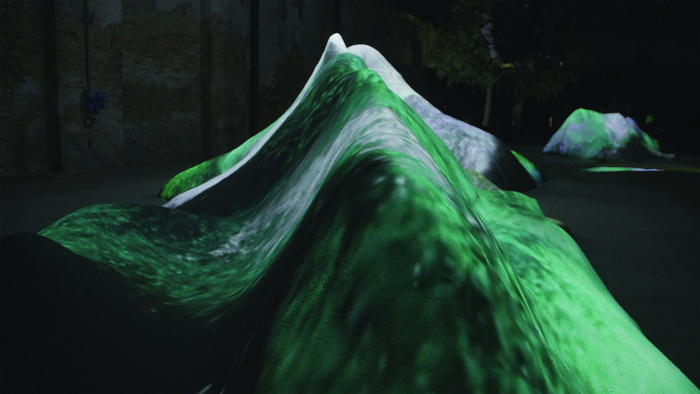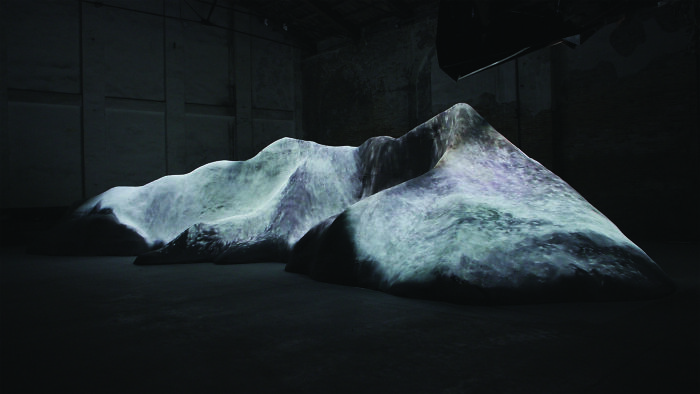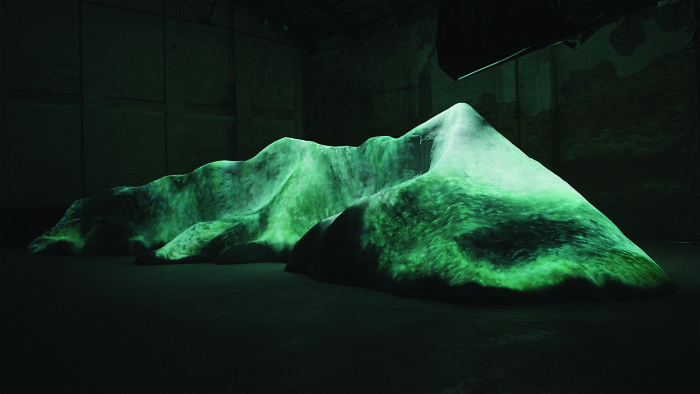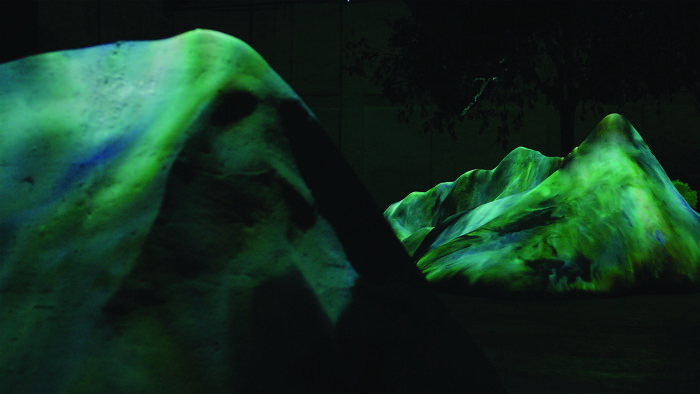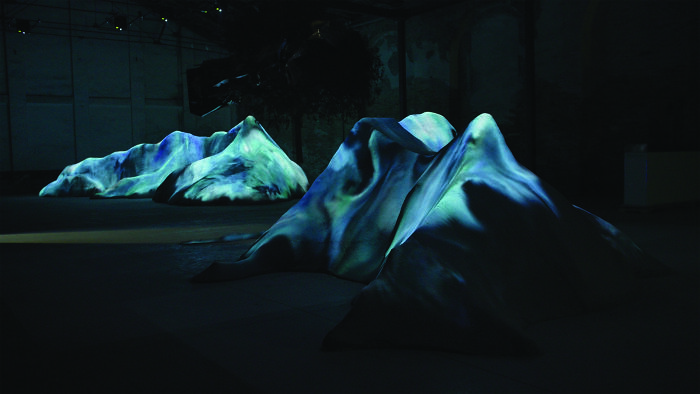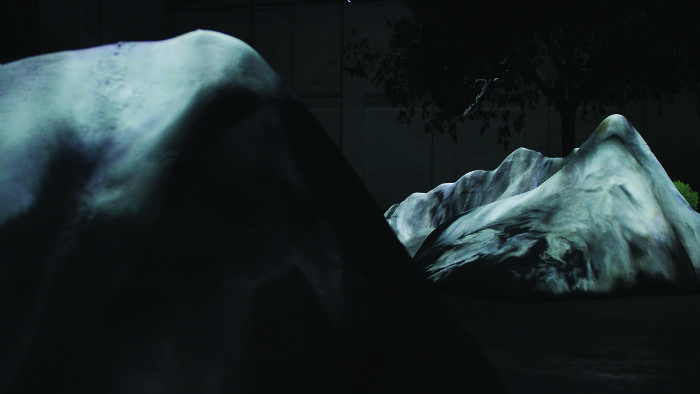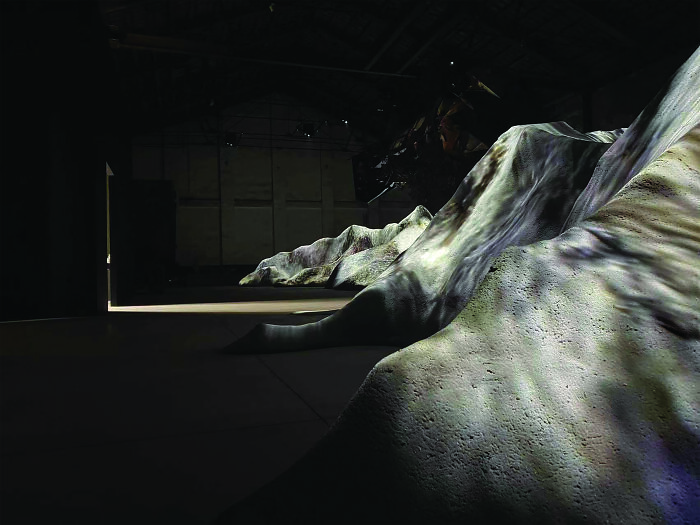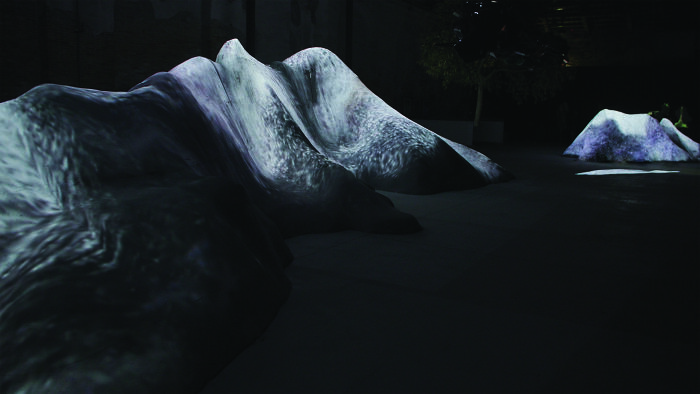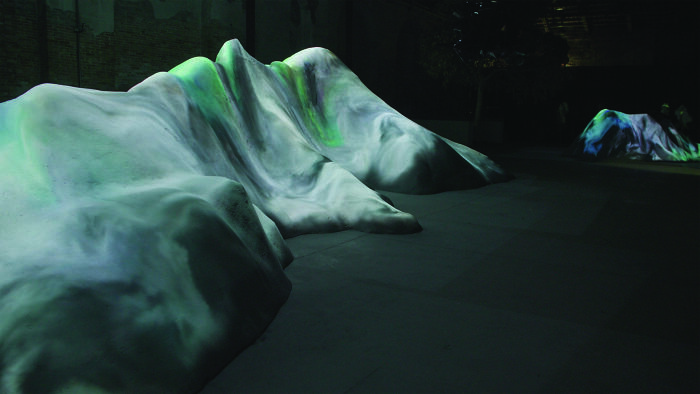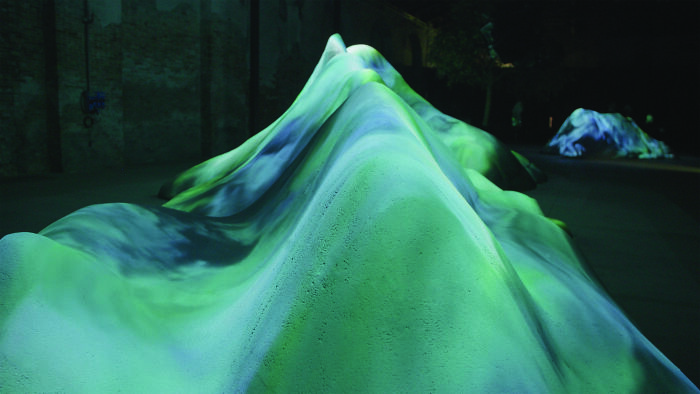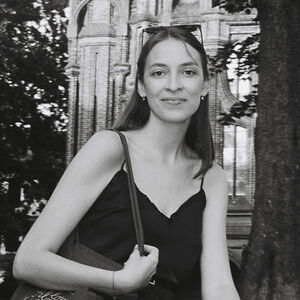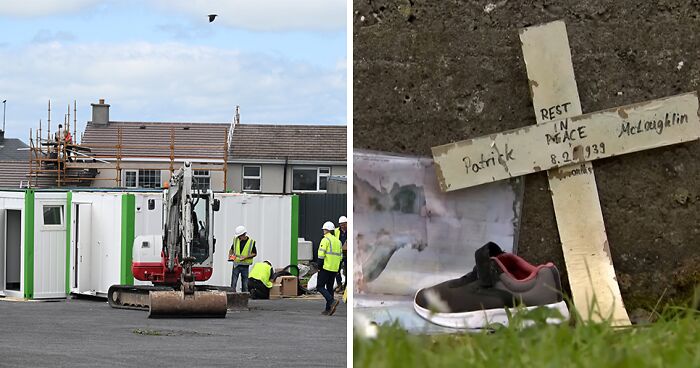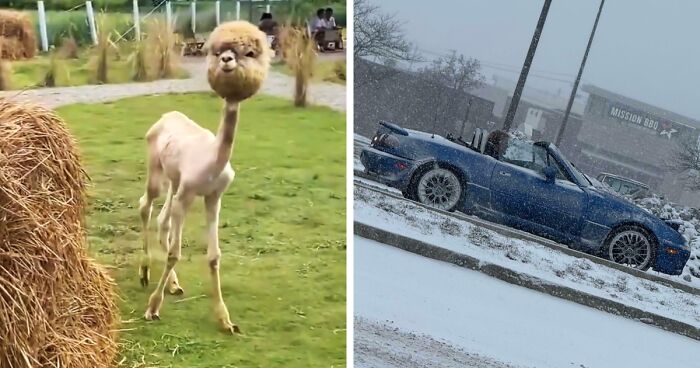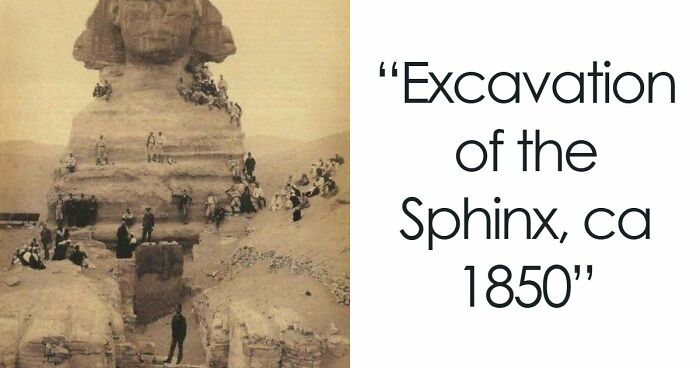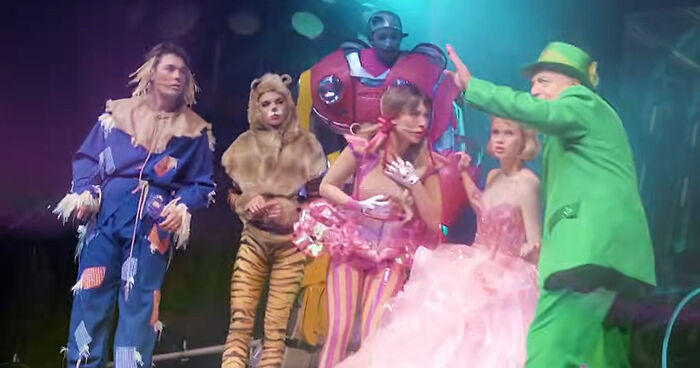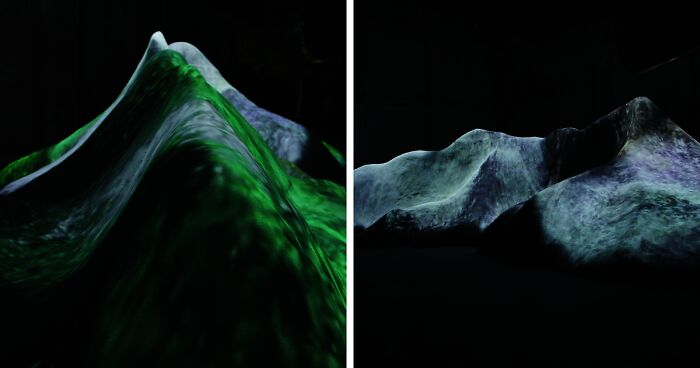
A 21-Meter-Long Sculpture Was Filled With Floating Motion Graphics Emerging From The AI (10 Pics)
Over the past year, we departed from the He Lan Mountains, and we adopted the various models to train different components in the works and gain multiple information. Two steps obtained this artwork: Firstly, two-layered deep machine learning AI was used to formulate several sets of virtual, dynamic 3D graphs based on plenty of China's terrain data. Next, in different periods, Chinese ink-and-wash paintings were learned and trained on the surface of the virtual domain through AI technology.
Referring to the concept of Yu Gong, the earliest geological imagination and thinking in China, it reshapes the terrain of China through AI-drawn maps, aiming to create a new geological origin for the Chinese civilization in the new era. It is expected to display the cognition of culture from different perspectives and each person's desire for imagination through the translation of terrain by using AI.
Two parts were created in the process of this artwork into mountain sculpture and motion graphics creation. Eight projectors were applied to map the 21-meter-long sculpture surface in the exhibition. A historical brick wall space transformed into an immersive poetic field. A drift space void of physical content is filled with floating motion graphics emerging from the AI.
The domain swarming with uncertainties yet appearing sensually real is generated by virtual means. It comes from the real world yet doesn't exist in it. Instead, it's a natural prototype existing beyond human experience and reaches transcendence. In this work, virtuality is no longer aimless but shakes reality for its approximation to reality. Thus it provides possibilities for revealing the invisible reality. Or it can be called knowing the reality yet sticking to its virtuality.
This post may include affiliate links.

 Dark Mode
Dark Mode 

 No fees, cancel anytime
No fees, cancel anytime 






